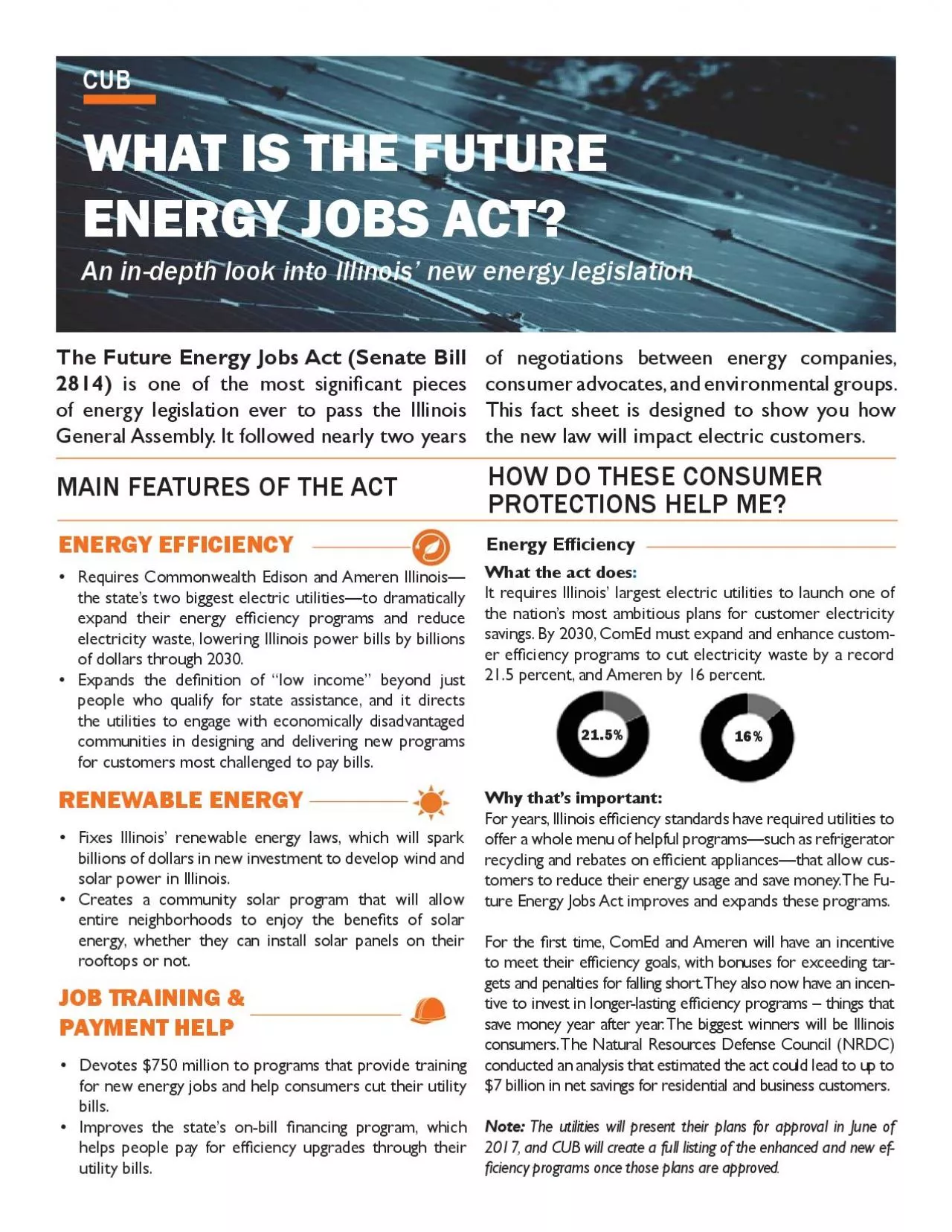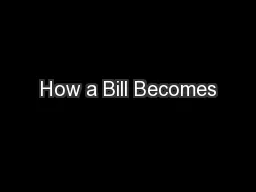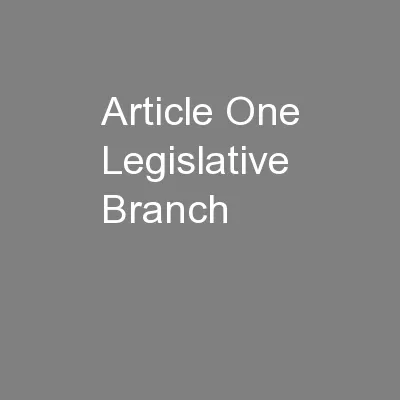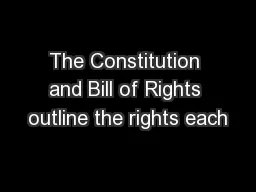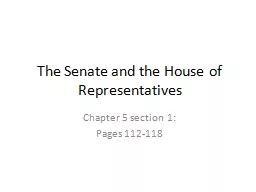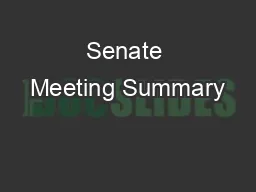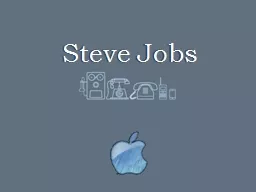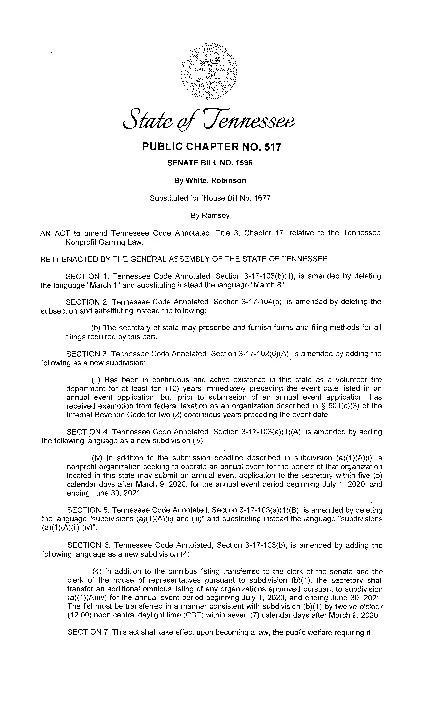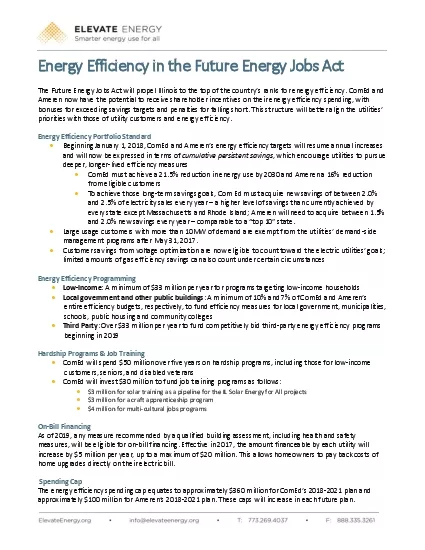PDF-The Future Energy Jobs Act Senate Bill cant pieces of energy legislat
Author : quinn | Published Date : 2021-08-17
WHAT IS THE FUTURE Requires Commonwealth Edison and Ameren Illinoisthe states two biggest electric utilitiesto dramatically expand their energy ef ciency programs
Presentation Embed Code
Download Presentation
Download Presentation The PPT/PDF document "The Future Energy Jobs Act Senate Bill ..." is the property of its rightful owner. Permission is granted to download and print the materials on this website for personal, non-commercial use only, and to display it on your personal computer provided you do not modify the materials and that you retain all copyright notices contained in the materials. By downloading content from our website, you accept the terms of this agreement.
The Future Energy Jobs Act Senate Bill cant pieces of energy legislat: Transcript
Download Rules Of Document
"The Future Energy Jobs Act Senate Bill cant pieces of energy legislat"The content belongs to its owner. You may download and print it for personal use, without modification, and keep all copyright notices. By downloading, you agree to these terms.
Related Documents

